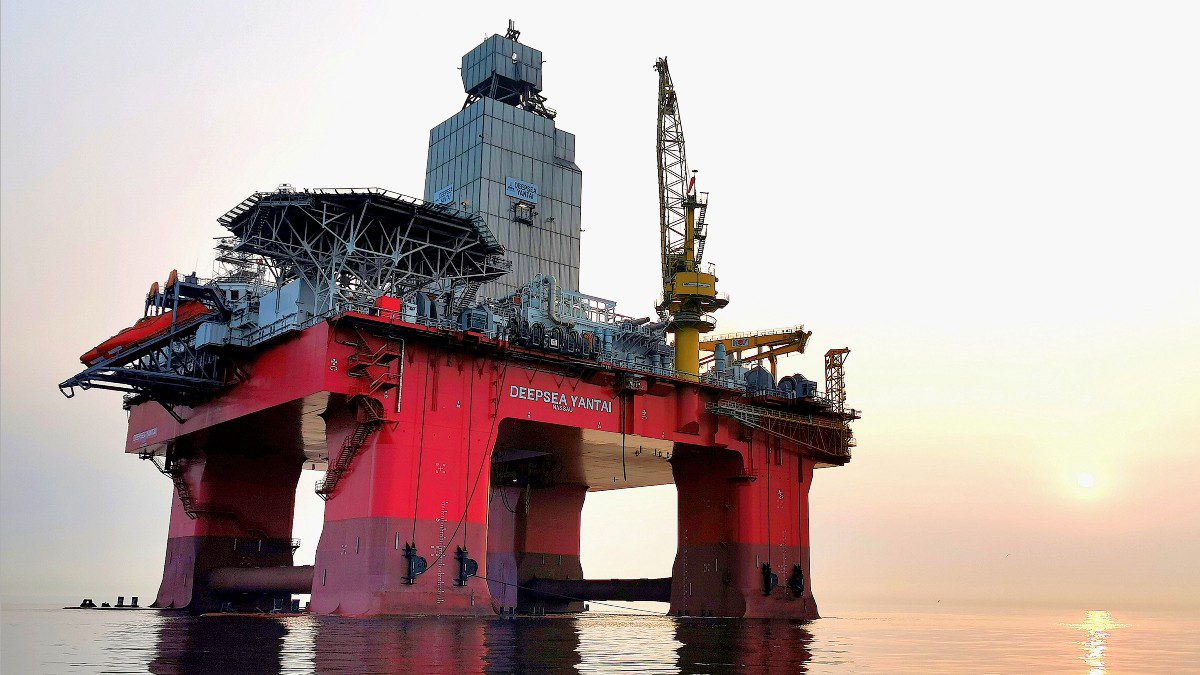As war tragically returned to Europe in 2022 in the form of Russia’s unilateral invasion of sovereign Ukraine, sanctions and a need for energy security restarted exploration and production activities for fossil fuels, rescuing a market that had been effectively moribund for years
Russian invasion roils oil market
Global oil prices soared following Russia’s invasion of Ukraine, with both the price of a barrel of Brent crude oil and US West Texas Intermediate hitting seven-year highs.Price hikes and sanctions against Russian crude and gas flows saw oil and gas companies reconsidering stalled offshore field developments and raising investment in drilling, subsea operations, exploration and related activities to boost production.
On 1 March 2022, WTI rose as high as US$106.78 per barrel, before closing at US$103.41, while Brent crude tipped US$107.57 before easing down to US$104.97. Both the US and global benchmarks last previously touched those marks in July 2014. These energy prices drove offshore drilling rig charter rates higher and provided positive demand for offshore support vessels.
Owners bullish on OSV global markets
It is the ’best of times’ for offshore support vessels (OSVs), owners from North America and Europe agreed at 2022’s mid-point, as the market rebounded after seven years in the doldrums.
At Riviera Maritime Media’s Annual Offshore Support Journal Conference, Exhibition and Awards, several top executives from the sector’s largest vessel owners, including Tidewater, Bourbon, Seacor and Maersk Supply Service came together for a panel discussion offering expertise on the added boons and lessened challenges the sector was seeing and would likely see for some time.
Tidewater chief executive Quintin Kneen predicted OSV markets will remain strong for three to five years. “Fundamentals have jumped up and will not be changing for a while. The market will be positive into 2023 and 2024,” he said.
North Sea platform supply vessel market ’on fire’
A major recovery is underway in the North Sea, OSJ reported in May, with spot rates hitting 88% for medium-sized platform vessels and rates up for all major OSV classes.
In our /June magazine, an area report on the turbulent North Sea market, which is often a good barometer of the global open offshore vessel industry, offered interviews with leading players such as Solstad Offshore chief executive Lars Peder Solstad, tables of average utilisation and day rates and information on the sales and demolitions over several pages. It provides insight into the North Sea market for platform supply vessels and beyond.
Equinor highlights green OSV retrofit and newbuild needs
More OSV owners are tackling the decarbonisation challenge by utilising batteries and electrical propulsion and considering future use of low-carbon and zero-carbon fuels. Norway is a clear world leader for the trend, due to decades of carbon taxes and, in particular, vessel owner Equinor’s drive to cut emissions from its operations.
At Riviera Maritime Media’s annual Maritime Hybrid, Electric & Hydrogen Fuel Cells Conference in Bergen, Norway, Equinor manager for maritime operations Morten Sundt explained the strategy behind the trend and how it creates new earning opportunities for vessel owners.
The presentation felt like the firing gun for renewed investment in zero-emissions platform supply vessels (PSVs), with owners encouraged to invest in the next generation of PSVs to run on ammonia, batteries and hydrogen fuel cells. If so, shipyards would no doubt welcome a new wave of orders in the coming years.
S&P activity in OSV sector up 90% in 2022
When vessel hire rates are falling, many owners look to offload their under-utilised vessels. When rates are climbing, owners seek to add to their fleets to maximise profits. As such, the sales and purchase (S&P) market is another marker of the sentiment in the OSV sector and can be a way for clever owners to profit from their legacy assets.
As 2022’s offshore energy markets improved, OSV owners demanded higher prices for their existing vessels in a strong S&P market, OSJ learned from its shipowner contacts.
And while there is often a reluctance among some OSV owners to sell, sometimes the price for secondhand tonnage is just too good to pass up, as shipbroker Fearnleys discussed in its September offshore supply report. “Few owners want to sell their vessels in the present market environment it seems, but when they have done so, we are seeing prices that were simply not obtainable just a few months back,” the analysis noted.





